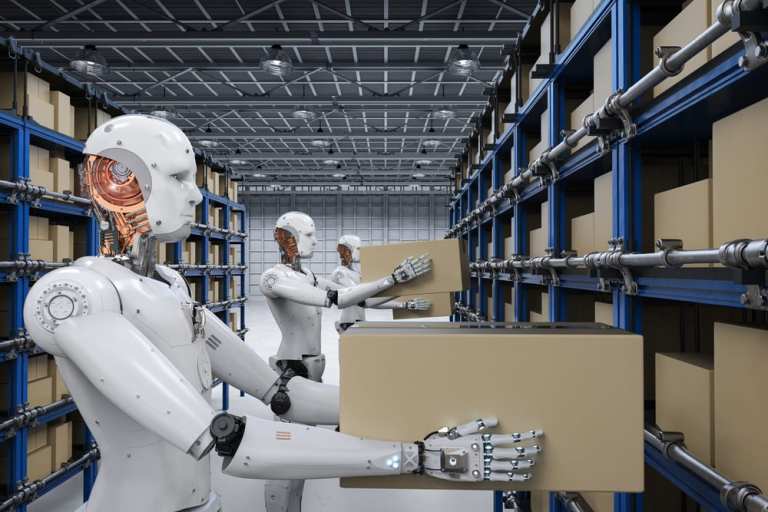According to a report in The New York Times, Google “has quietly been retooling an ambitious, but troubled, robotics program.” Back in 2017, SoftBank, the Japanese telecommunications company, announced that a subsidiary of SoftBank entered into a definitive agreement to acquire robotics pioneer Boston Dynamics from Alphabet, the parent company of Google. Boston Dynamics was known for creating animal-like robots with artificial intelligence (AI) capabilities, including BigDog, Cheetah and AlphaDog.
Now, according to the report, the goal is to bring more machine learning to robotics for use in warehouses and other retail- and transportation-related tasks, all of which could have direct or indirect impacts on payments. Sunil Dhaliwal, a general partner with Amplify Partners, a Silicon Valley venture capital firm, told The Times that “robotics has long held the popular imagination, but what is easily the most important change is the application of machine learning. The utility is in the software.”
Google Influence
What Google or its parent company Alphabet does in any particular technology or development ecosystem – smart cites, the Internet of Things, connected car technology, voice assistants – can have wide impacts, of course. While it’s still too early to tell, robotics could be one of those areas where Google helps to shape events and future developments.
Google’s move in this area come as robots in retail are having a bright moment. Robots, including those working in retail, were “shipped to North American companies in record numbers last year,” according to a recent report from the Robotic Industries Association. The new numbers underscore the advance of automation in commerce, though there are still significant questions about how these trends might develop further in the coming years.
Advertisement: Scroll to Continue
Overall, the report found a 7 percent year-over-year increase in 2018 in robot unit shipments to North America, reaching 35,800. Robots shipped for use in the food and consumer goods sector, however, increased 48 percent year over year. That was a larger sector increase than for plastics and rubber (37 percent), life sciences (31 percent) or electronics (22 percent).
“Meanwhile, shipments to the automotive industry slowed, with only 19,178 units shipped to North American automotive OEM and tier supplier customers in 2018,” the report said. “This was 12 percent lower than the 21,732 units shipped in 2017. Overall, the automotive industry accounted for only 53 percent of total robot shipments in North America in 2018, its lowest percentage share since 2010.”
Robots and Inventory
Among the newer uses of robots in payments and commerce? Retailers have been testing out shelf-scanning robots to find out if they can handle restocking a store’s inventory when needed. A recent survey revealed more than three-quarters of respondents aren’t able to track their inventory in real time. As a result, shoppers looking to pick up an online order in the store may have to wait for confirmation that the product is actually available at a certain location.
Companies are looking to make the inventory process easier, without having store workers constantly performing inventory counts. Bossa Nova’s robots, which are being tested at 50 Walmart stores, will use lasers, radar and cameras to review store aisles to determine which products need to be restocked, as well as to help managers target what to restock based on profitability and other factors.
Can Google play a part in these robot moves? The coming months will likely bring clearer signals about that, but there is still plenty of room for innovation and experimentation.




